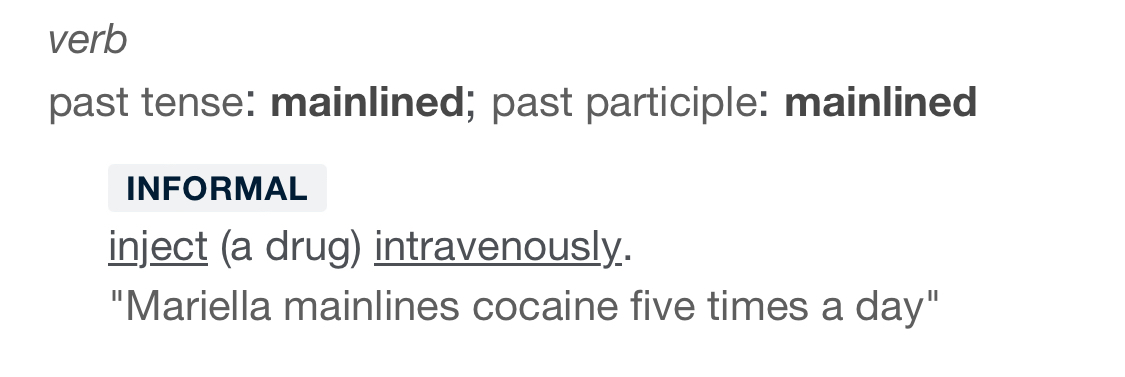Let’s continue our dive into gene therapy with one of my favorite papers. https://www.ncbi.nlm.nih.gov/pmc/articles/PMC6876218/
In this study, researchers delivered three longevity-associated genes (FGF21, αKlotho, and sTGFβR2) to mice using a gene therapy cocktail. These genes target metabolism, heart function, and kidney health—three areas that typically decline with age. Here’s why this is a big deal:
Obesity & Diabetes? Reversed. Mice fed a high-fat diet lost weight and saw their diabetes symptoms disappear, just by tweaking how their cells handled energy.
Heart Failure? Improved. The therapy improved heart function by 58%, meaning it could help tackle the leading cause of death worldwide.
Kidney Disease? Protected. Mice treated with this gene therapy avoided the typical kidney damage seen with age-related conditions.
What’s most exciting is that a single gene therapy cocktail—combining just two of the three genes—was able to treat all of these diseases simultaneously. Imagine being able to tackle multiple age-related health issues with just one treatment!
This approach could be a game-changer in how we think about aging and disease. Instead of targeting one condition at a time, we might be able to treat aging itself by addressing the root causes of multiple diseases.
What do you think—are we on the verge of a breakthrough in how we fight age-related diseases?
See this similar paper here targeting TERT and follistatin: https://www.ncbi.nlm.nih.gov/pmc/articles/PMC9171804/
Do these papers pass our threshold of believability? Are we concerned that one of these papers had a few post publication amendments? I may circle back to poke holes in them (if I can find any) at a later time. Feel free to beat me to it!
